After years of staunch resistance, Tesla is reportedly preparing to add Apple CarPlay support to its vehicles—a move that represents one of the most significant strategic reversals in the company's history. According to a Bloomberg report published November 13, 2025, Tesla is currently testing CarPlay internally and has discussed a potential rollout in the coming months as the EV maker grapples with declining sales and mounting competitive pressure.
For context, this is the same Tesla that has spent over a decade defending its decision to exclude CarPlay, positioning its proprietary infotainment system as a core differentiator that justified its premium pricing. The same company whose CEO has repeatedly emphasized complete software control as fundamental to Tesla's identity as a technology company rather than merely an automaker.
Now, facing its second consecutive year of declining deliveries and watching its market share erode, Tesla appears ready to abandon that principle.
The Scale of This Reversal
To understand why this matters, you need to appreciate how fundamental Tesla's anti-CarPlay stance has been. While 93.9% of 2023 model-year vehicles in the United States shipped with CarPlay support, Tesla stood as one of the most notable holdouts—arguably the most prominent given its position as the leading EV manufacturer.
Tesla's reasoning was always consistent: allowing Apple or Google into the vehicle cabin would fragment the user experience, potentially compromise vehicle integration with systems like Autopilot and battery management, and ultimately cede control of the customer relationship to a third party. The company invested heavily in building a custom Linux-based operating system deeply integrated with vehicle functions, arguing this approach delivered a superior and more unified experience.
Elon Musk himself has characterized Tesla as fundamentally a technology company that happens to make cars. The software stack—from the user interface to Full Self-Driving capabilities—has been central to that narrative. Allowing CarPlay would essentially be admitting that Apple's interface might be preferable to Tesla's own, a particularly bitter pill given the competitive dynamics between the two companies.
Implementation Details: A Compromise Solution
According to Bloomberg, Tesla is testing the standard version of CarPlay rather than the more advanced CarPlay Ultra that Apple unveiled in 2022. More tellingly, Tesla's implementation will reportedly display CarPlay as a separate window within the existing Tesla software interface rather than taking over the entire screen as it does in many vehicles.
This windowed approach represents a compromise that attempts to preserve some of Tesla's user experience while acknowledging customer demand for familiar Apple ecosystem integration. Drivers would theoretically be able to access Tesla's native navigation and vehicle controls alongside CarPlay apps like Apple Maps, Apple Music, and Messages.
The dual-interface strategy mirrors what some other manufacturers have attempted, though execution matters significantly. The challenge will be ensuring the experience feels cohesive rather than awkwardly stitched together. If switching between interfaces feels jarring or unintuitive, Tesla risks creating exactly the fragmented experience it long warned against.
Why Now? The Sales Reality Check
The timing of this potential reversal tells you everything about Tesla's current position. The company has faced mounting challenges throughout 2025, including declining year-over-year deliveries, the expiration of federal EV tax credits in the United States, erosion of market share in key markets like California and Europe, and intensifying competition from established automakers and Chinese EV manufacturers.
Tesla's California registrations dropped 36% in 2024, a particularly troubling trend in what has historically been the company's strongest market. In Europe, Tesla sold approximately 283,000 vehicles from January through November 2024, down about 14% year-over-year. Globally, the company is on track for its second consecutive year of declining deliveries even as the broader EV market continues expanding.
The company has responded with aggressive incentives including significant price cuts (up to 20% on some models), zero-percent financing offers, free lifetime Supercharging on premium models, and various discount programs. Despite these measures, demand has remained sluggish, particularly as competitors have closed the gap on technology, range, and charging infrastructure while offering features Tesla lacks—including CarPlay.
Industry analysts have noted that Tesla's customer base skews heavily toward tech-savvy consumers who are deeply integrated into Apple's ecosystem. The absence of CarPlay has become an increasingly common complaint among prospective buyers and existing owners, particularly as virtually every competitor now offers seamless iPhone integration.
The Broader Strategic Questions
Adding CarPlay addresses an immediate customer pain point and removes a significant friction point in the purchase decision. But it also raises uncomfortable questions about Tesla's broader strategic direction.
If Tesla is willing to compromise on software control in the cabin, what other principles might be negotiable as sales pressure mounts? The company has similarly resisted physical controls in favor of touchscreen-everything interfaces, a decision that has drawn criticism for requiring drivers to take their eyes off the road for basic functions. Will that change too?
More fundamentally, this move undercuts the narrative that Tesla's vertical integration and complete control of the technology stack delivers meaningfully better outcomes than working with ecosystem partners. If CarPlay integration improves the ownership experience—and early customer reactions suggest it likely will—it effectively validates the approach Tesla spent years dismissing.
The decision also highlights the tension between being a technology company and being a car company. Technology companies can often force users to adapt to their vision because switching costs are low and network effects are powerful. Car companies operate in a more traditional competitive environment where meeting customer expectations matters immensely because purchase decisions happen infrequently and alternatives abound.
Tesla may have discovered it's more car company than tech company, at least when it comes to market dynamics.
The Competitive Landscape
Tesla's potential CarPlay reversal comes as the competitive environment for EVs has fundamentally transformed. Chinese manufacturers like BYD, NIO, and XPeng have made significant inroads in Asian and European markets, often offering CarPlay alongside competitive pricing and compelling features. Traditional automakers including Volkswagen, Ford, GM, and Hyundai have ramped up EV production with vehicles that offer CarPlay as standard.
Even within the EV space, newer entrants like Rivian have differentiated themselves partly through thoughtful smartphone integration. Rivian offers both CarPlay and Android Auto, recognizing that most customers want their existing digital lives to seamlessly extend into their vehicles rather than adapting to a new proprietary ecosystem.
Tesla's historical advantage in software and user experience has narrowed considerably. While the company's interface remains generally well-regarded, competitors have closed the gap while simultaneously offering the smartphone integration many customers prefer. In this environment, Tesla's CarPlay exclusion shifted from being a principled stand to a competitive liability.
What This Means for Tesla Owners
For current Tesla owners, CarPlay support would potentially arrive via over-the-air software update, one of the advantages of Tesla's software-centric architecture. The company hasn't confirmed timing, and Bloomberg notes that while a rollout in the coming months has been discussed internally, plans haven't been finalized and release could come later.
The implementation details will matter significantly. Questions remain about which Tesla models will support CarPlay, whether older vehicles with previous-generation hardware will be included, how the windowed interface will function in practice, what limitations might exist compared to CarPlay in other vehicles, and whether Android Auto support will follow.
Tesla owners have long worked around the CarPlay absence using third-party adapters and workarounds ranging from wireless adapters like Carlinkit that connect via USB, external screens that mount to the dashboard, browser-based screen mirroring solutions, and integrated systems like the Teslogic Screenmate. These solutions have ranged in price from $70 to over $800 and have typically involved compromises in functionality, reliability, or both.
Official CarPlay support would eliminate these workarounds and their associated headaches while potentially providing a more integrated and polished experience than aftermarket solutions can deliver.
The Broader Industry Implications
Tesla's move, if it materializes, would represent a significant moment in the ongoing battle for control of the in-car experience. Apple has been aggressively pushing CarPlay adoption and development, with CarPlay Ultra promising even deeper integration with vehicle systems. Google has pursued similar goals with Android Auto and Android Automotive OS.
Some manufacturers, including General Motors, had announced plans to phase out CarPlay in favor of their own solutions, though GM subsequently faced significant customer backlash and reconsidered that decision. If Tesla—the company most committed to its proprietary approach—now embraces CarPlay, it suggests the battle for in-car software control may already be decided in consumers' favor.
The decision could also influence other holdouts. Companies that have invested heavily in their own infotainment systems may feel additional pressure to offer CarPlay alongside their native solutions rather than forcing an either-or choice on customers.
The Path Forward
Assuming this report proves accurate and Tesla moves forward with CarPlay integration, the company faces the challenge of implementing it in a way that feels native rather than tacked-on. The windowed approach suggests Tesla isn't ready to fully cede screen real estate to Apple, which makes sense given the company's investment in its own interface and the need to maintain access to vehicle-specific controls.
The implementation will need to address basic questions about how switching between interfaces works, whether drivers can run both simultaneously in split-screen configurations, how CarPlay interacts with Tesla's voice assistant and steering wheel controls, and whether the experience feels cohesive or disjointed.
Tesla also needs to manage the messaging around this shift. Acknowledging that customer demand for CarPlay was significant enough to warrant reversing a decade-long policy effectively admits the company was wrong in excluding it. That's a difficult message for a brand built partly on the charismatic conviction of its CEO and the belief that Tesla knows better than traditional automotive thinking.
Conclusion: Pragmatism Over Principles
Tesla's reported CarPlay reversal represents a victory for consumer choice and a recognition that even the most vertically integrated technology companies sometimes need to acknowledge that customers want familiar tools and interfaces rather than proprietary alternatives.
For Tesla, this is ultimately a pragmatic decision driven by market realities. The company needs to remove obstacles to purchase and improve owner satisfaction as it faces the most challenging competitive environment in its history. If adding CarPlay helps accomplish those goals, the strategic principles that previously prevented it become negotiable.
Whether this represents a one-time concession or the beginning of a broader strategic shift toward being less insular remains to be seen. But for iPhone-owning Tesla drivers and prospective buyers, the message is clear: the company that spent years telling them its way was better has decided that maybe, just this once, giving customers what they want matters more than being right.
Meta Description: Tesla is reportedly testing Apple CarPlay for a 2025 rollout—a stunning reversal for the EV maker that spent a decade rejecting iPhone integration. Here's what changed.




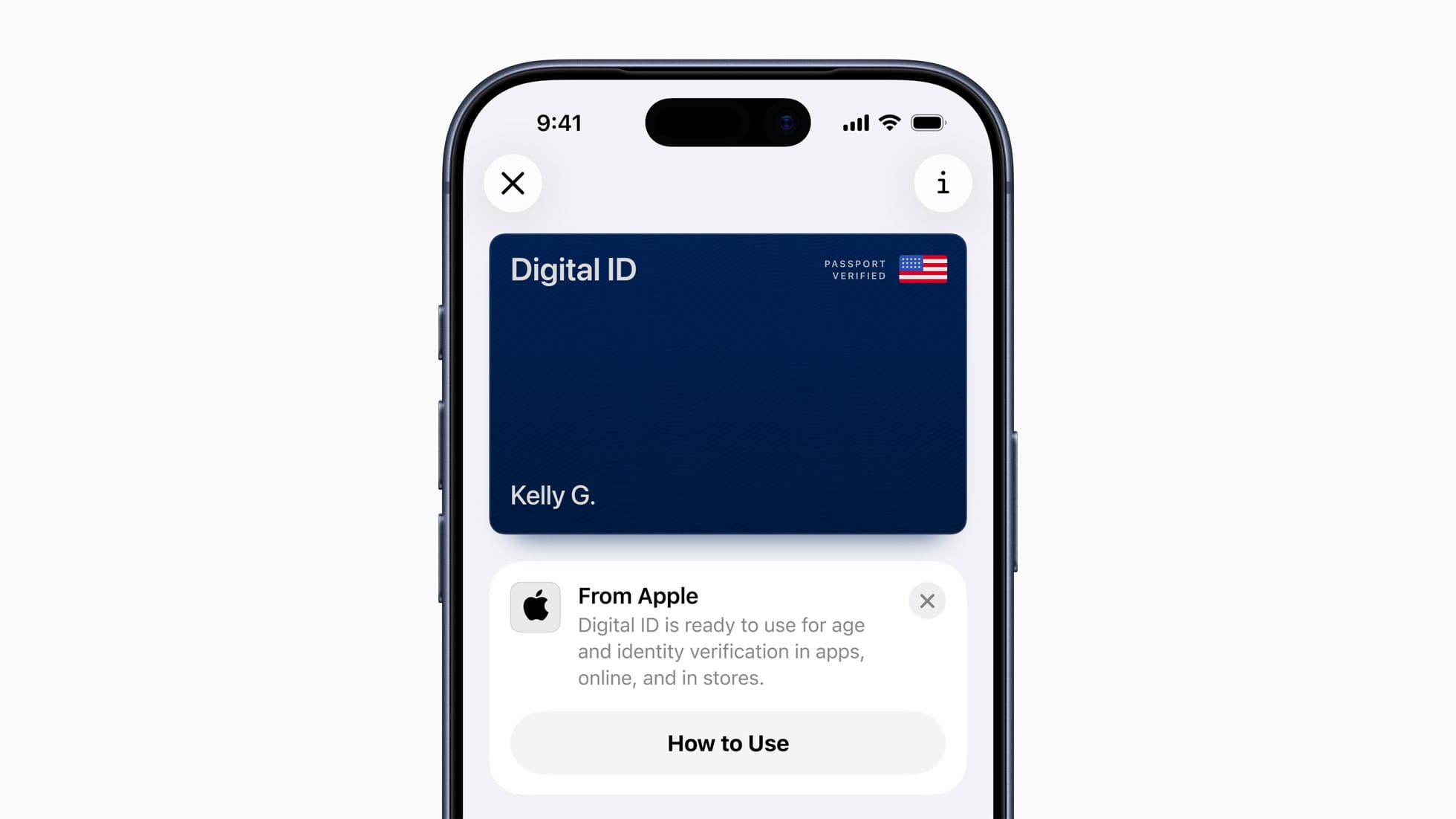



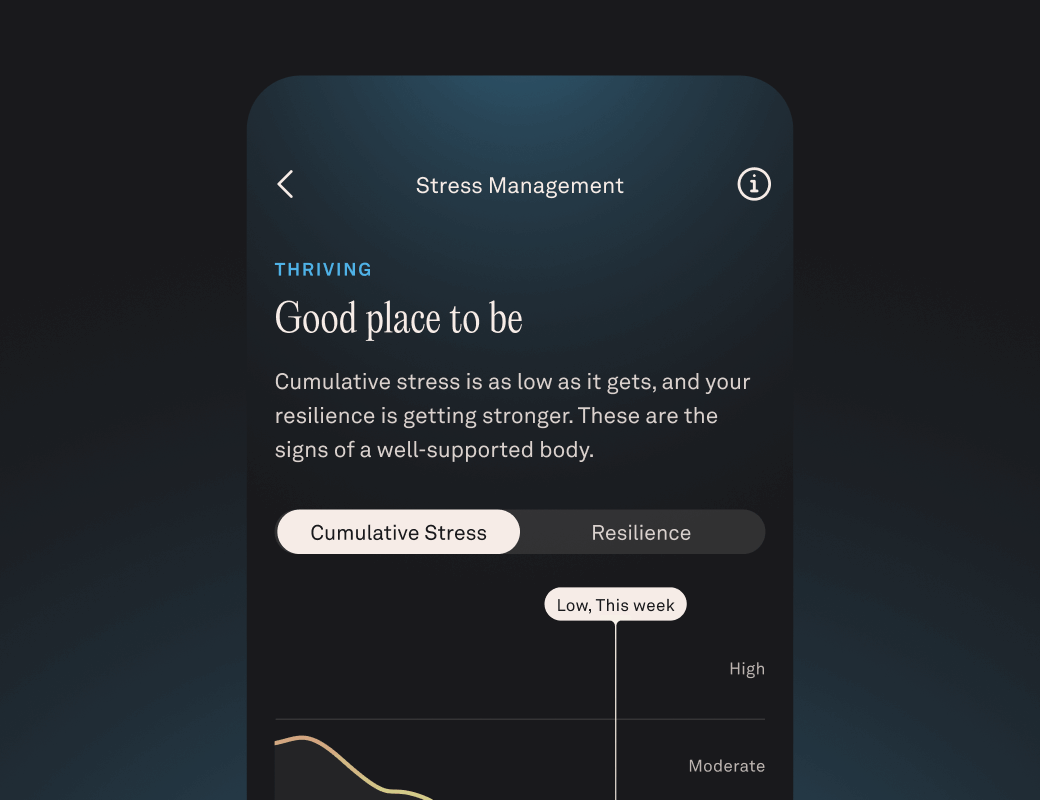
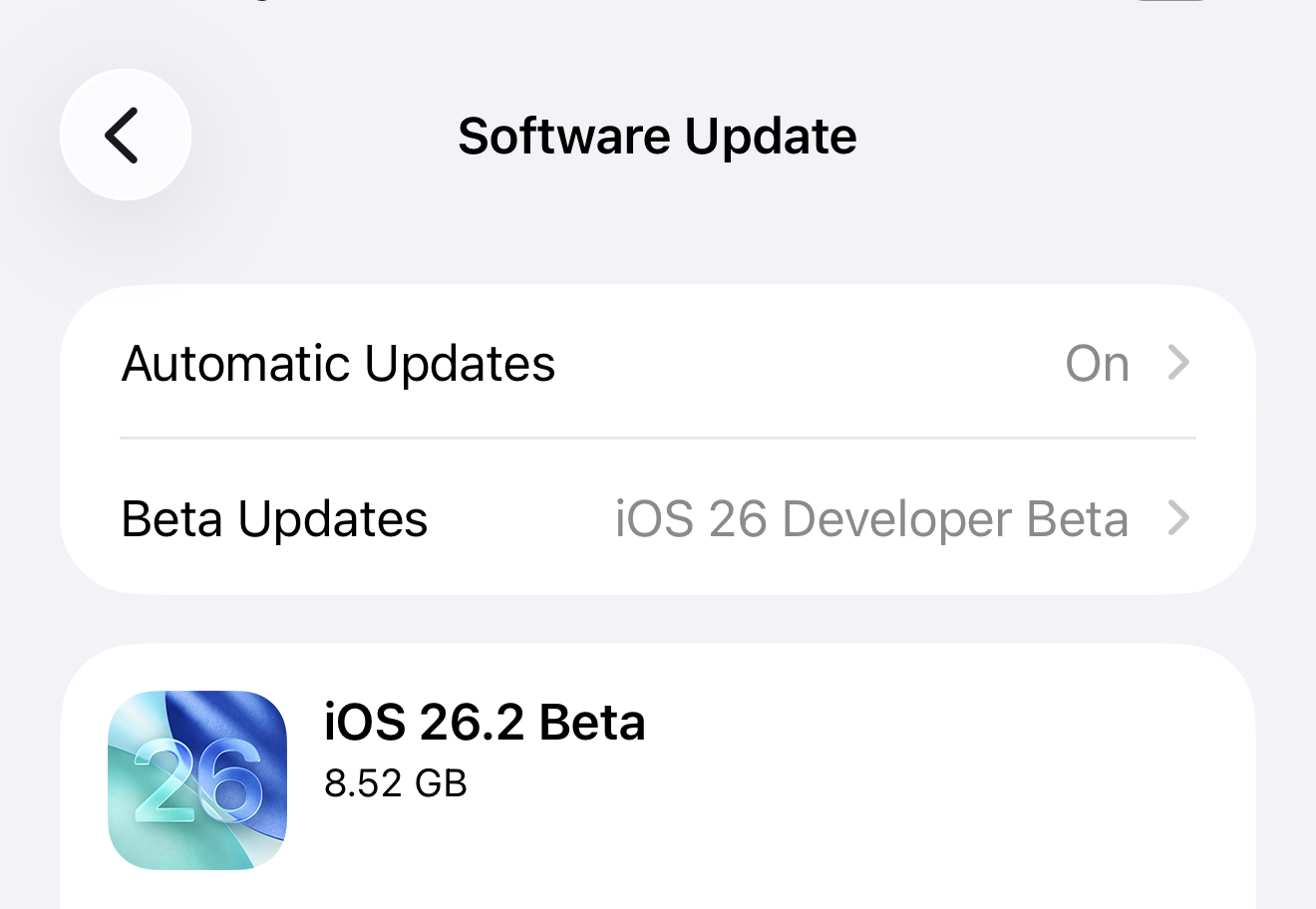
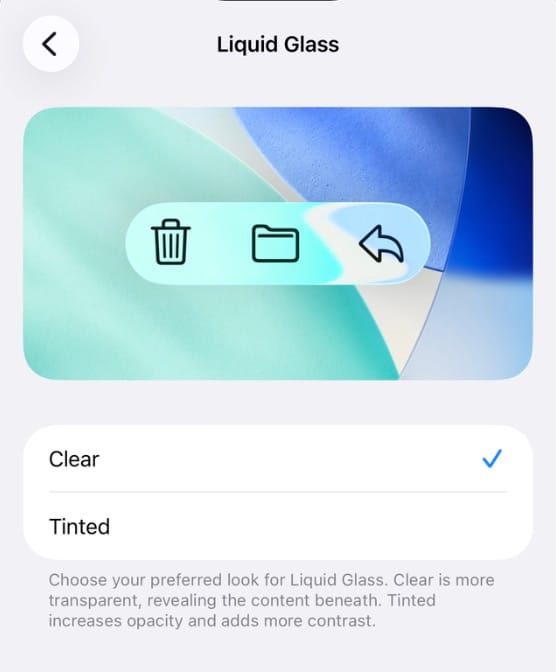
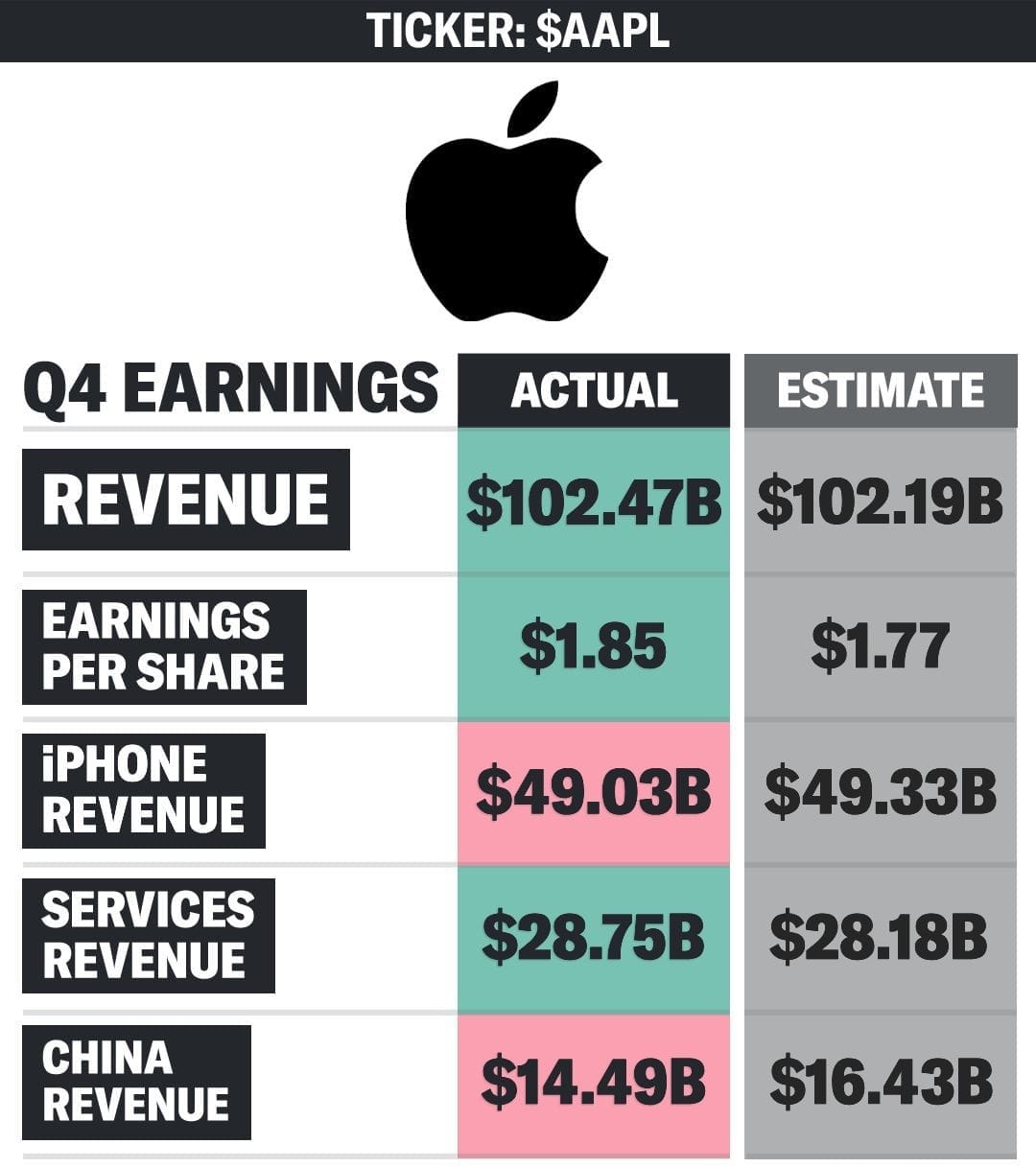
Discussion